by Ocean Robbins: According to legend, the 18th-century British peer John Montagu (the 4th Earl of Sandwich) was such a committed gambler that he could not tear himself away from the betting table long enough to enjoy a proper meal…
We are proud to announce a new partnership with John and Ocean Robbins and the Food Revolution to bring our readers Summits, Seminars and Masterclasses on health, nutrition and Earth-Conscious living.
Sign Up Today For the Healthy Heart Masterclass
He instructed his servants to just stick meat between two pieces of bread so that he could eat using one hand and continue playing games of chance with the other. His invention, the sandwich (lucky for us, it didn’t end up with the name “the montagu,” or worse, perhaps, “the john”), changed the way we eat our midday meals.
The sandwich was a perfect match for the informal, light lunch typically eaten in Britain around noontime. But there was a problem — dinner wasn’t served until 8 pm, which meant that folks could get pretty peckish around midafternoon.
And that’s where Anna Maria Russell, the Duchess of Bedford and a friend of Queen Victoria, comes into our culinary story. In the 1840s, Russell complained of a “sinkful feeling” in the afternoon, when dinner was still several hours away. To address the problem, she started taking pots of tea and some snacks in her sitting room around 4 pm.
She found this custom so pleasant that she began inviting her friends, raising her social cachet. In the hypercompetitive world of polite society, things escalated quickly, as hostesses began competing for the most splendid, elegant, and lavish affairs. They added fine china, imported teas, dainty finger sandwiches, and, of course, juicy gossip. Et voilà, the modern tea party was born (why am I using a French phrase for an English innovation?).
Why Host a Plant-Based Tea Party?

Even if you’re not into gossip and one-upmanship (and if you are, I’m not judging), you can still enjoy one of the great customs to come out of the Victorian era — an informal gathering of friends and family to sip tea, one of the world’s healthiest beverages, and have fun.
Your tea party can be as large or small as you like. Indeed, some of the most epic tea parties ever have involved a young child and a couple of dolls and stuffed animals. And the rituals of the affair can encourage mindful eating and drinking.
Tea parties also provide a chance to feel fancy. You can pick a theme, set a dress code, and even include music and games. In short, tea parties are a great way to connect with loved ones without having to spend a lot of money and time preparing.
So in this article, we’ll explore some types of teas you can include at your afternoon tea party, what you might add to those teas, as well as what kinds of food to serve for high tea. Then we’ll conclude with a few afternoon tea recipes to give you a head start on your next tea party — gossip optional.
Types of Tea
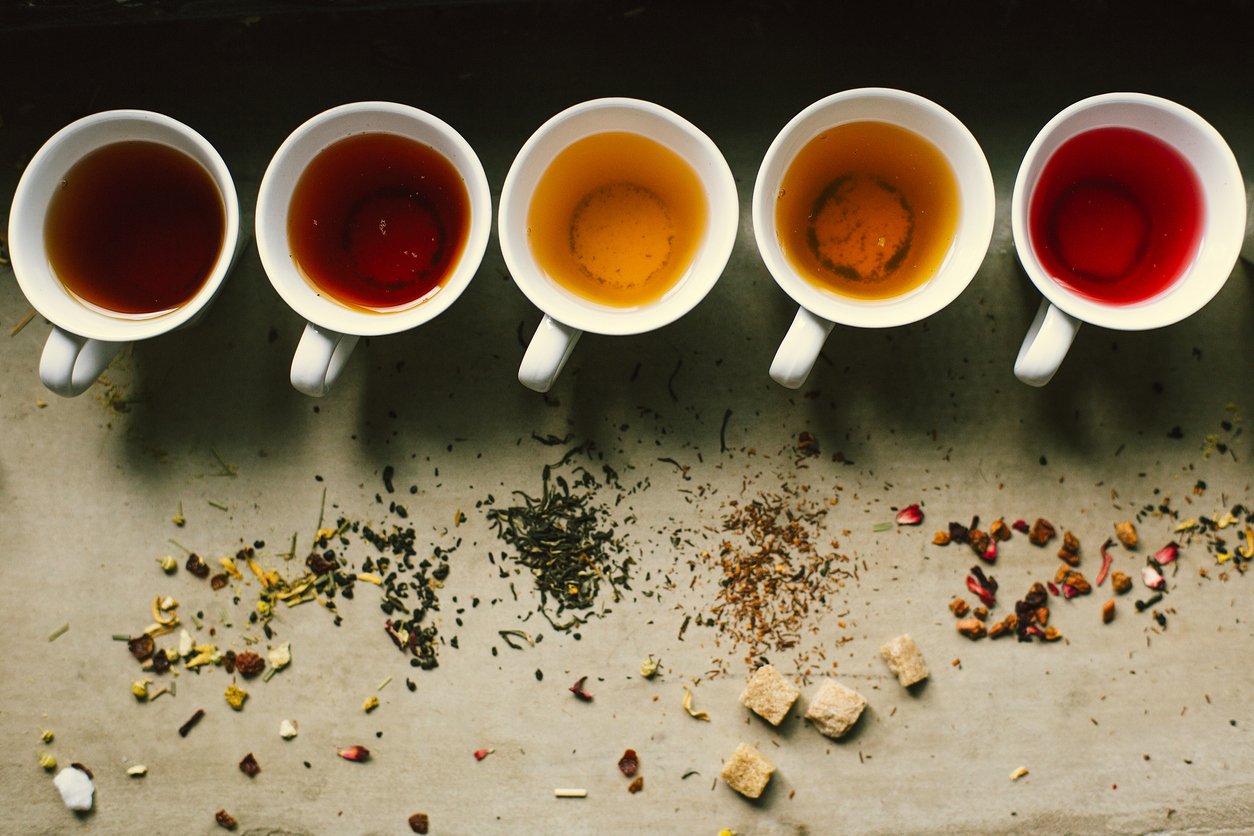
When traditionalists talk about tea, they usually mean black tea. All black teas come from the same plant, Camellia sinensis. It grows in just a few parts of the globe: China, India, Sri Lanka, and Nepal. I won’t go into the geopolitical history of tea here (trying to keep this one light), but if you’re interested in the wars that were fought over these leaves, check out For All the Tea in China: How England Stole the World’s Favorite Drink and Changed History, by Sarah Rose.
Black Teas
Tea purveyors turn the crushed and dried leaves of Camellia sinensis into different varieties of black tea using the process of oxidation and adding various flavorings. Darjeeling, for example, contains fruity or floral notes, while Earl Grey is flavored with bergamot and/or citrus. Other well-known varieties include English Breakfast, Ceylon, Lapsang Souchong, and Assam.
White Teas
White teas also come from Camellia sinensis, but consist of new buds and young leaves. The buds and leaves are steamed or fried right after picking to stop oxidation, after which they’re dried.
One of the coolest things about white teas is the translations of their Chinese names. White tea names include Silver Needle, which is made from the buds only, Tribute Eyebrow, and Long Life Eyebrow.
Green Teas
Green teas also derive from the same plant. In this case, the fresh tea leaves are lightly heated or steamed, stopping oxidation, then dried. Different greens teas owe their flavor profiles both to the processing method as well as the terroir (the soil, climate, and weather of the specific location where they grow).
Some popular varieties of green tea include sencha, matcha, and genmaicha. This last one, developed in Japan, achieves a “toasty” flavor thanks to the addition of puffed rice or sorghum.
Oolong Teas
Oolong, or “black dragon” teas, are made from whole tea leaves that are semi-oxidized. The level of oxidation and the processing method determines the flavor profile, which can range from earthy to nutty to floral to fruity to sweet.
Herbal Teas
Herbal teas are united by what they’re not; they don’t come from Camellia sinensis, but from any other plant. Ranging from chamomile to peppermint to redbush (South African “rooibos tea”) to literally hundreds of different species, herbal teas can also feature roots (ginger) and barks (cinnamon). They’re favored by drinkers who wish to avoid caffeine.
What to Put in Tea
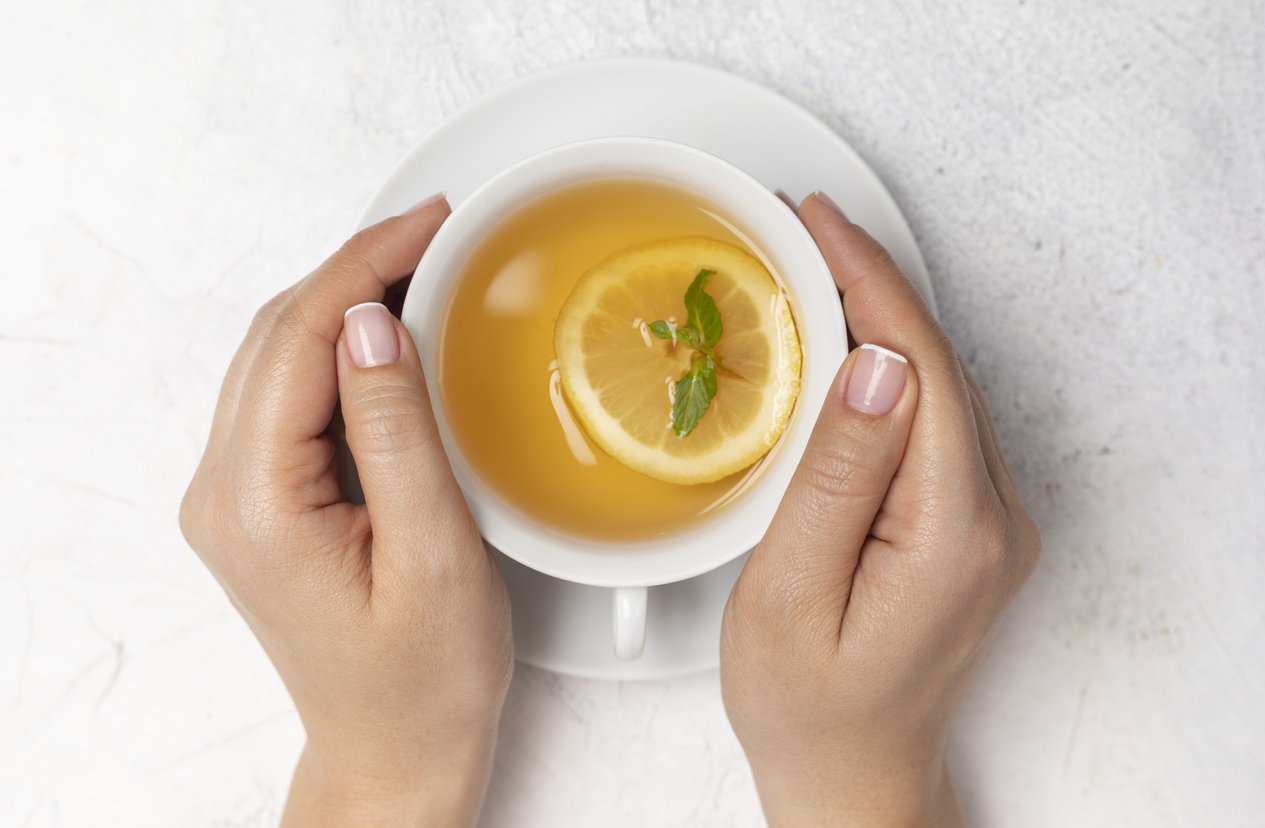
Once you’ve settled on your choice of tea the next question is, what do you add to it? Purists, and those seeking the greatest health benefits from the beverage, will drink it plain. Not only is tea healthiest on its own, but when you don’t add another flavor you can appreciate the subtle flavors and aromas in the different blends and varieties.
That said, if additions encourage you to drink more tea than you might otherwise, they can be beneficial.
Typical additions to tea are milk and sugar. Originally, milk was used not just to add flavor and reduce bitterness, but to lower the temperature to keep cheap teacups from breaking. Traditionalists still add milk to the teacup first so it doesn’t cool the water too much.
Plant-Based Milk
Milk, however, can negate the cardiovascular health benefits of tea, and cow’s milk poses other risks to your health. Instead, you may want to find a plant-based milk that you like, and that works well mixed with a hot beverage. Oat, soy, and almond beverages are common additions to tea.
Sweeteners
Sweeteners are often added to tea to combat its bitterness and, well, make it sweeter. Back in the days when sugar was a rare luxury available only to the upper classes, and only in small quantities, some viewed it as a tonic substance with health benefits.
Now that it’s clear that sugar is not good for you, and is in fact implicated in many health problems including Alzheimer’s and cardiovascular disease, you may want to use only a small amount, and/or replace it with a healthier sugar substitute. Some alternatives to refined sugar that may go well in tea include stevia, xylitol, monk fruit sweetener, or even small amounts of date sugar, maple syrup, or honey (although it is not considered vegan).
Lemon
One addition that is both traditional and good for you is lemon juice. Iced tea often calls for a wedge or twist of lemon, and the tangy little yellow citrus fruit can pair well with hot teas as well. Adding lemon to your tea can provide not only flavor, but can also increase antioxidant activity due to its vitamin C content, which can contribute additional health benefits.
What to Serve with Tea
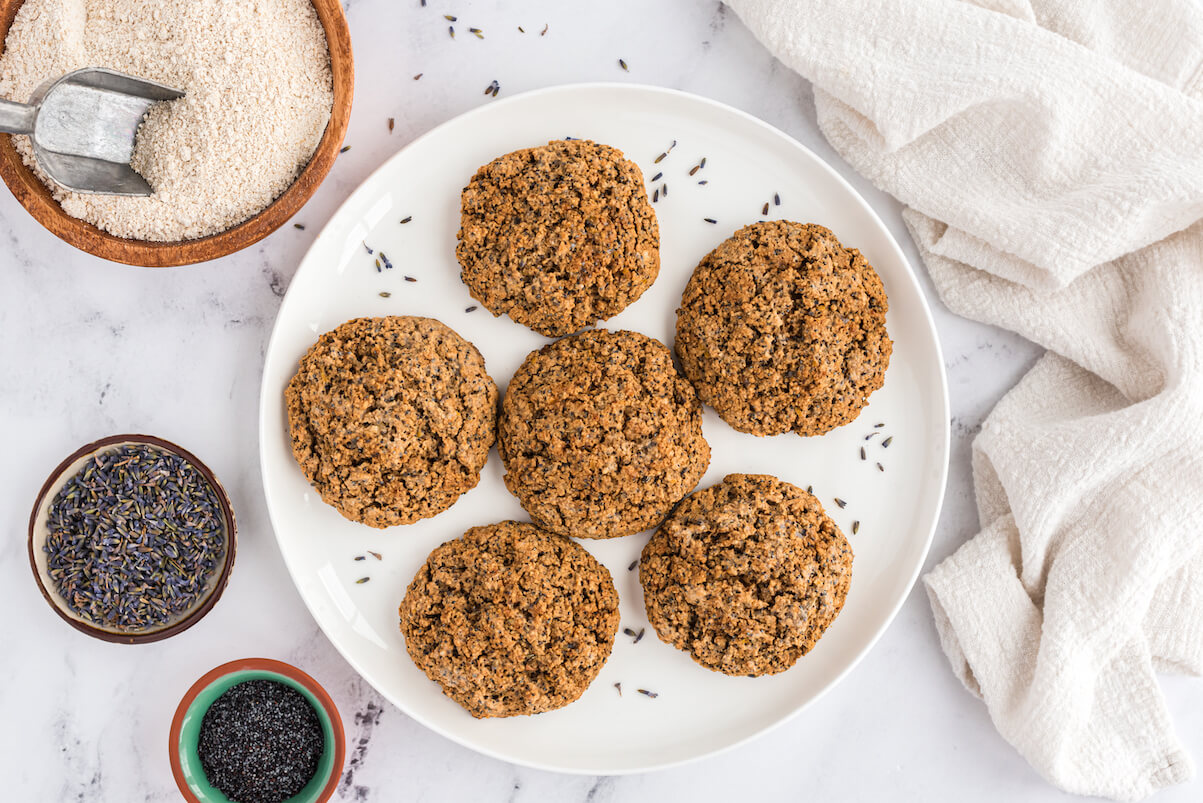
Food Revolution Network
We’ve got the liquid part of the tea party sorted, so let’s talk about food. Tea parties can accommodate both sweet and savory foods. Here are some dishes that wouldn’t be out of place at Buckingham Palace — or in your home or yard.
Salads
Salads can provide lots of raw, plant-based goodness without being heavy or filling. Here are a bunch of healthy salad recipes you might want to serve at your next afternoon tea party.
Soups
Soups are great for cool weather tea parties where some warm comfort food would be just the ticket. If you’re looking for some delicious soup ideas to serve at a tea party, these vegan soup recipes will get you started.
Tea Scones
Scones are often included with classic English tea, and were described by the title character in Ted Lasso as being like a muffin “that sucks all the spit out of your mouth.” Harder and more crumbly than muffins, scones definitely call for a beverage of some kind, which may be why they became tea party stalwarts.
Scones, like these Lavender Lemon Poppy Scones, can themselves be sweet or savory, depending on what’s baked into them (dried currants and fresh blueberries or raspberries along with nuts would put them in the sweet category, while herbs, scallions, chili powder, or sundried tomatoes would qualify them as savory scones.)
Traditionally, either type might be served with jams, preserves, or clotted cream (which is as bad for your arteries as the name suggests). Healthier scone spread alternatives include fresh fruit and homemade fruit spreads, like this Strawberry Chia Spread, nut and seed butters, and plant-based nut cheeses.
Vegan and Vegetarian Finger Sandwiches
Finger sandwiches (important legal disclaimer — the name refers to their size and not what’s between the slices of bread) have been a mainstay of dainty tea parties for almost two centuries now. If you feel a strong urge to hold the handle of a teacup while extending your pinkie finger upward at a slight angle, you might also want to gently pinch a petite, triangular tea sandwich between your thumb and index finger and nibble at a corner.
If you’re at a loss for what to put in a healthy finger sandwich, you can pretty much take any of your favorite sandwiches and just make a smaller version. Here are some plant-based sandwich ideas and recipes to get you started.
Cucumber tea sandwiches are a popular choice for afternoon tea. But you don’t have to use bread as the base of your finger sandwich. It’s perfectly normal in royal society to put your toppings and spreads on cucumber slices. And I, Duke of Ocean, hereby give you permission to use other raw veggie slices as well, such as zucchini, fennel, or jicama.
Hors d’oeuvres
Hors d’oeuvres are as easy to make as they are hard to spell. Here’s a guide to some healthy starters and appetizers that will give you ideas for your next plant-based tea party, however fancy.
High Tea Desserts
Finally, you may want to conclude the festivities with some bite-sized, afternoon tea desserts and pastries. The trick to making desserts bite-size is to, well, make them bite-size. For your health, and that of your guests, you may want to keep them dairy-free and avoid refined flour and sugar. Here are some healthier baking ingredient substitutions you can use. Of course, fresh fruit can be the simplest and healthiest tea party dessert of all.
Healthy Afternoon Tea Recipes
Whether you’re looking for an herbal delight that will stimulate your mind (Tea for the Mind and Creativity), an antioxidant-powered beverage that cultivates calm focus (Soothing Spiced Matcha Tea), or a traditional tea that includes some fun experimentation (China Milky Oolong), the tea recipes below are all great choices for your next plant-based tea party. Consider Masala Chai for a soothing spiced tea that will warm your body and your heart. Or, make the Pomegranate White Tea and discover a special treat at the end!
1. Tea for the Mind and Creativity
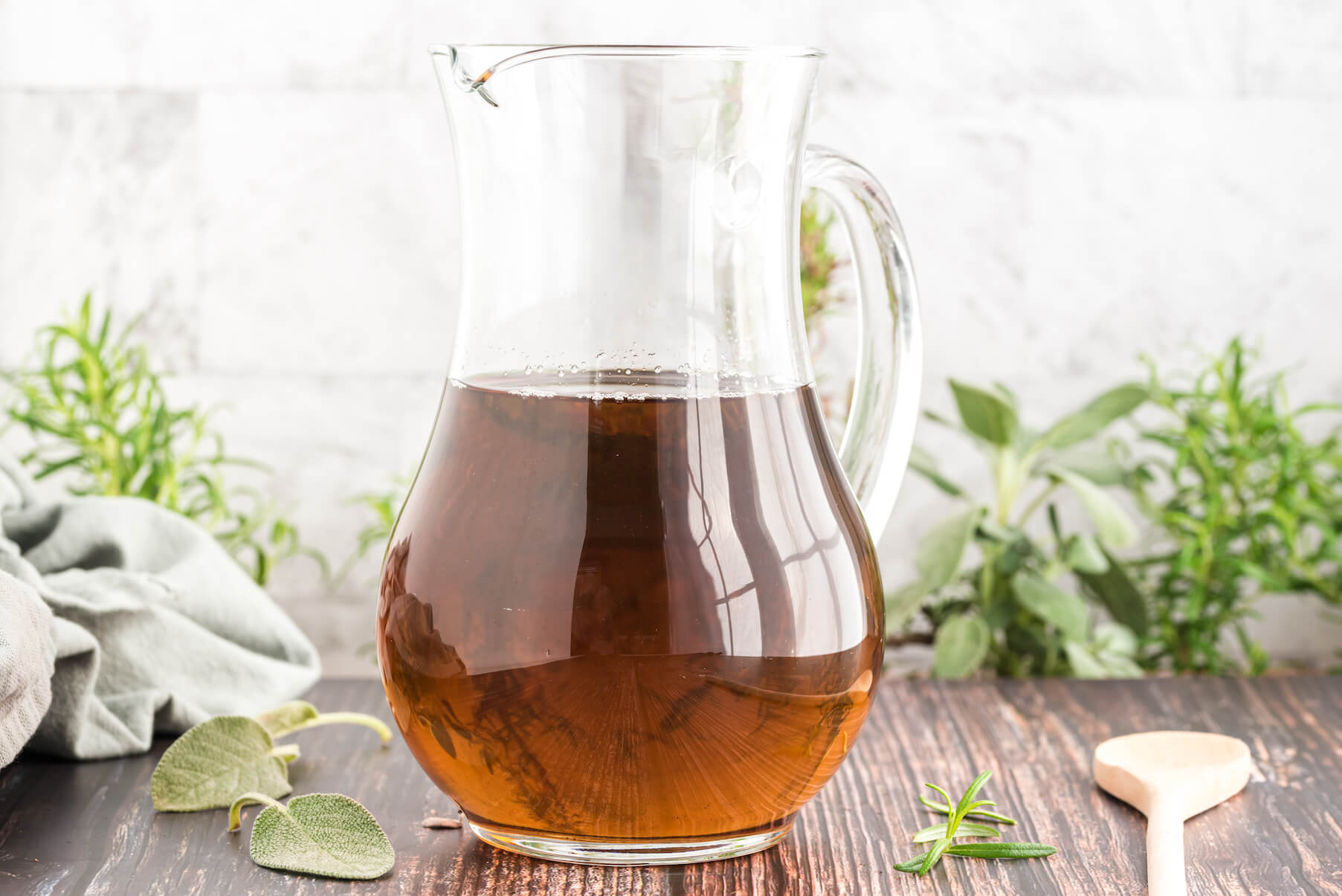
Tea for the Mind and Creativity is made with herbs that can support a healthy brain. Rosemary, sage, mint, and lemon balm have all been shown to support memory, focus, and other cognitive functions. What’s more, the daily ritual of making this tea can further support the mind by fostering feelings of warmth and comfort.
2. Soothing Spiced Matcha Tea
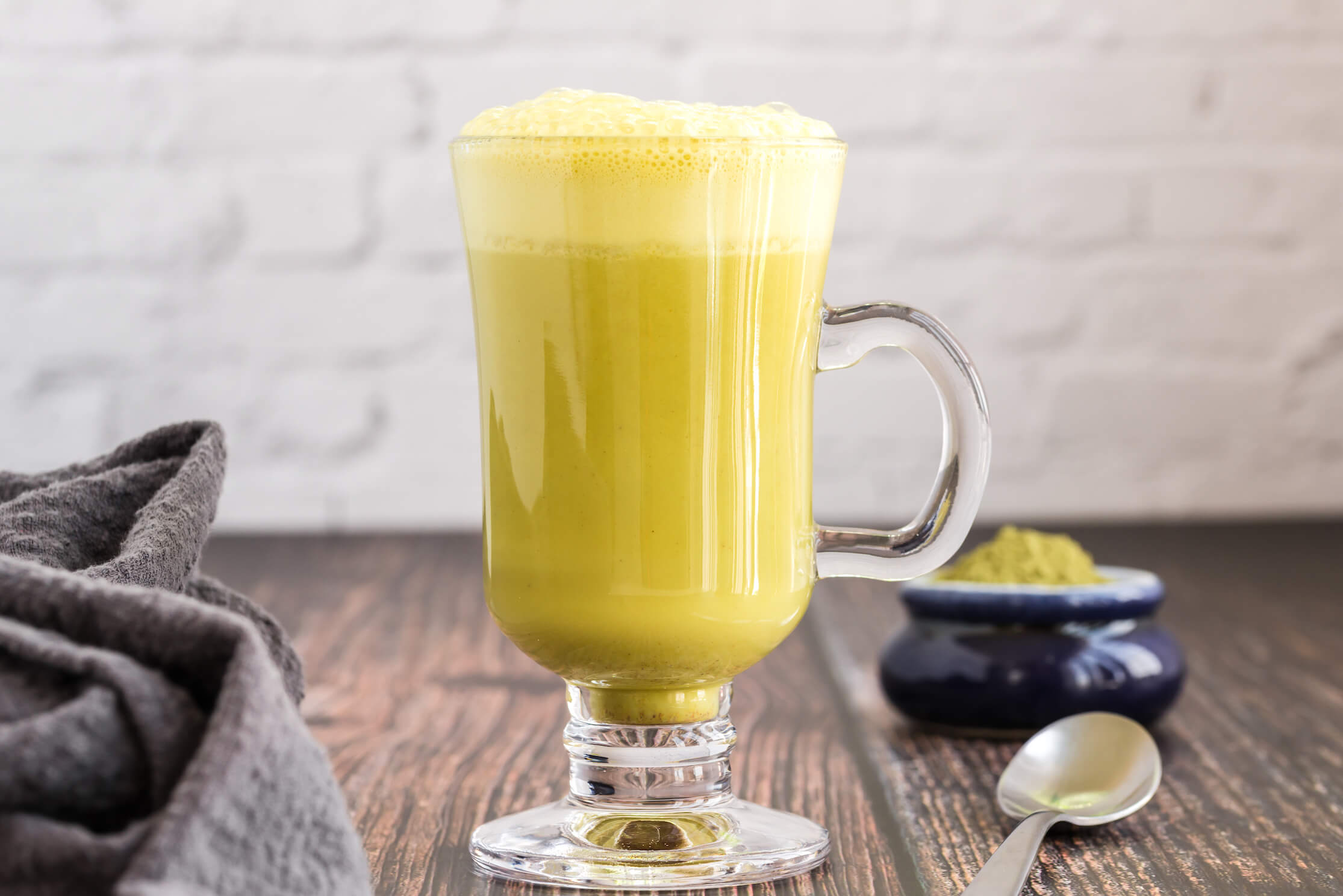
If matcha green tea is new to you, you’re in for a treat. Theanine, an amino acid in matcha tea, creates a gentle awareness along with a sense of calm. For this reason, matcha tea has been studied for its stress-relieving effects. Matcha tea is also full of antioxidants, namely catechins, that have been shown to be cardioprotective.
3. China Milky Oolong
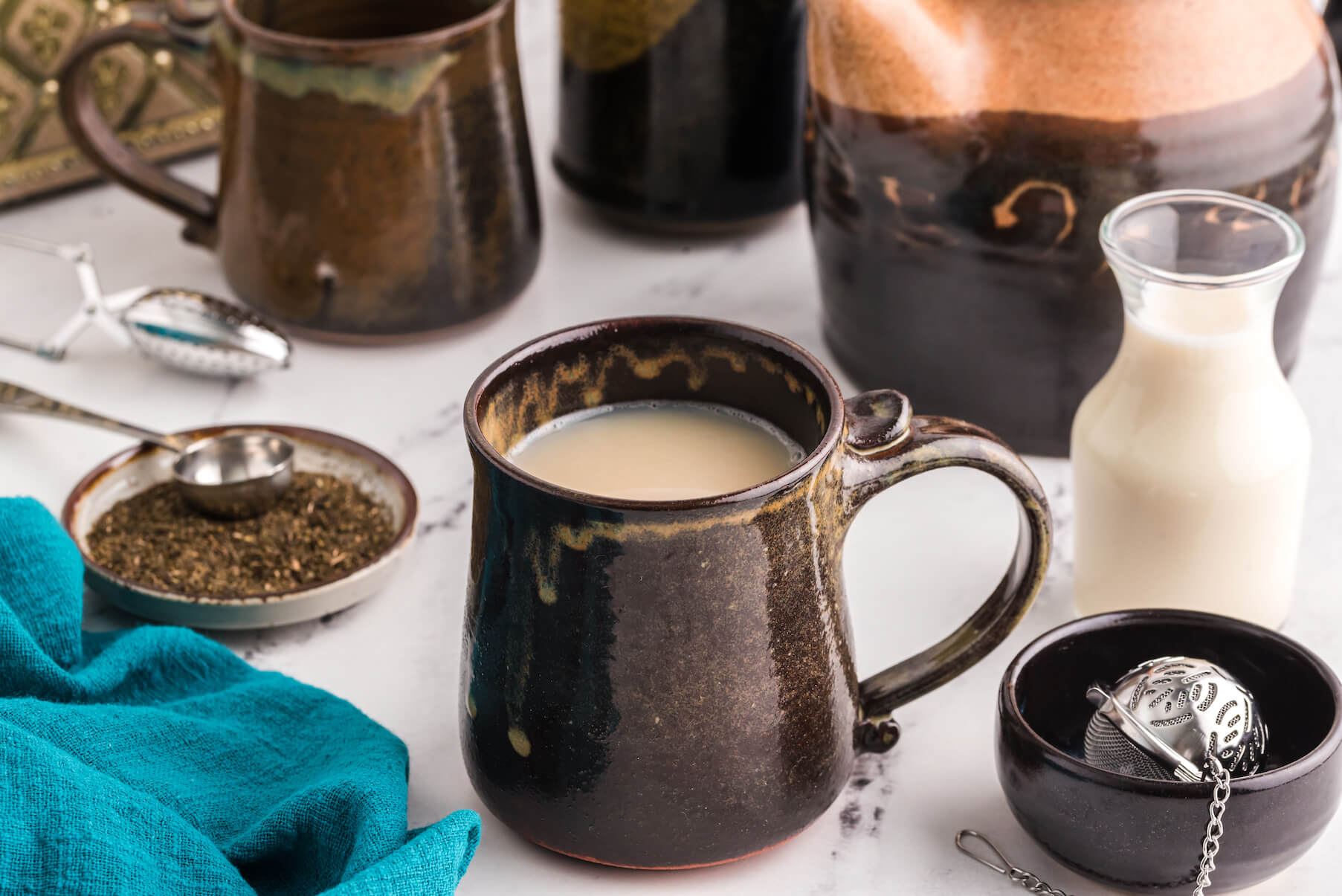
The milkiness of this tea, which can be loose-leaf or balled, comes from the brewing process of these particular leaves, not from what you might add to it — though a bit of plant-based milk can be a lovely addition. Steeping oolong tea for 2–3 minutes results in creamy notes. Steeping oolong tea for 5–10 minutes results in floral notes. Let us know which you prefer in the comments.
4. Masala Chai
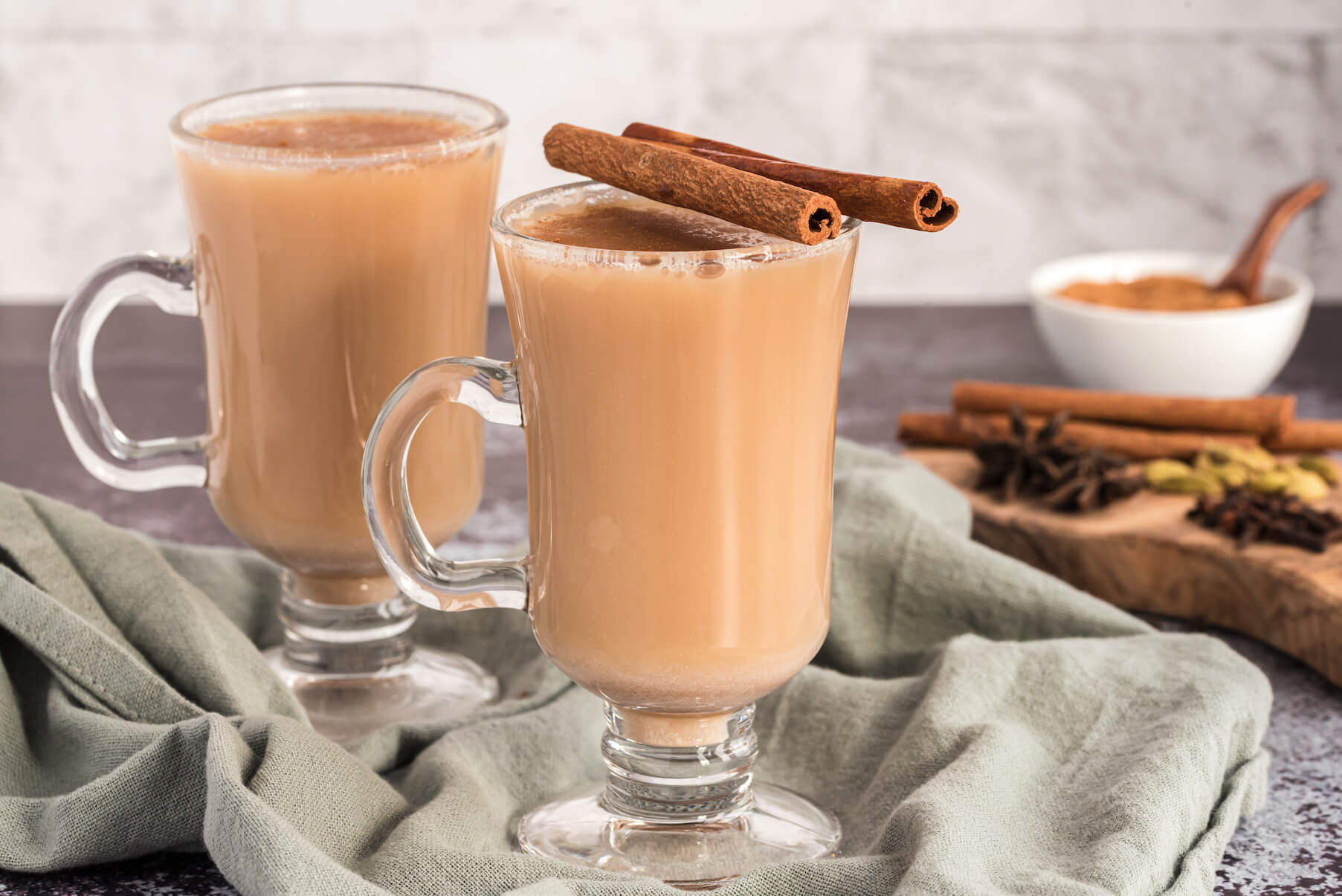
Made with black tea, Masala Chai is steeped with fragrant and healing spices like clove, cardamom, and peppercorns. Feel free to get creative and experiment with your own chai blend, adding more or less of your favorite or not-so-favorite spices.
5. Pomegranate White Tea
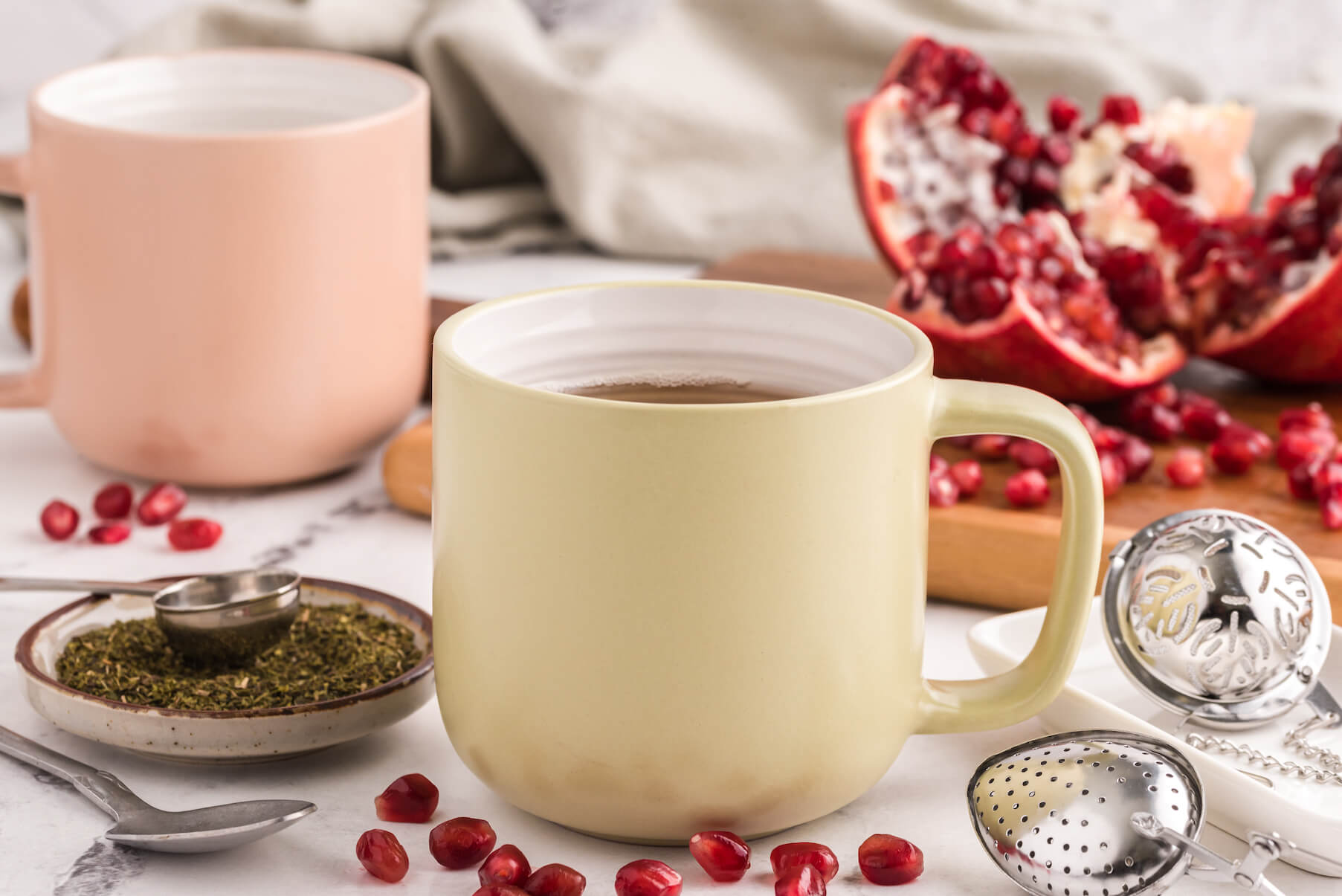
Minimally processed white tea is chock-full of polyphenols called catechins, which act as antioxidants, scavenging free radicals. To avoid bitter notes, steep the tea for only 2–3 minutes. The special treat in Pomegranate White Tea is, perhaps not surprisingly, the pomegranate.
Cheers to Your Healthy Plant-Based High Tea
Having a tea party can be a fun way to appreciate one of the world’s healthiest beverages and get together with family and friends. You have lots of teas to choose from, and you can opt for healthier additions to your tea if you include them. Light finger foods served alongside can complement the tea and enhance your time together. We hope you give these afternoon tea recipes a try and include more tea in your life.










































